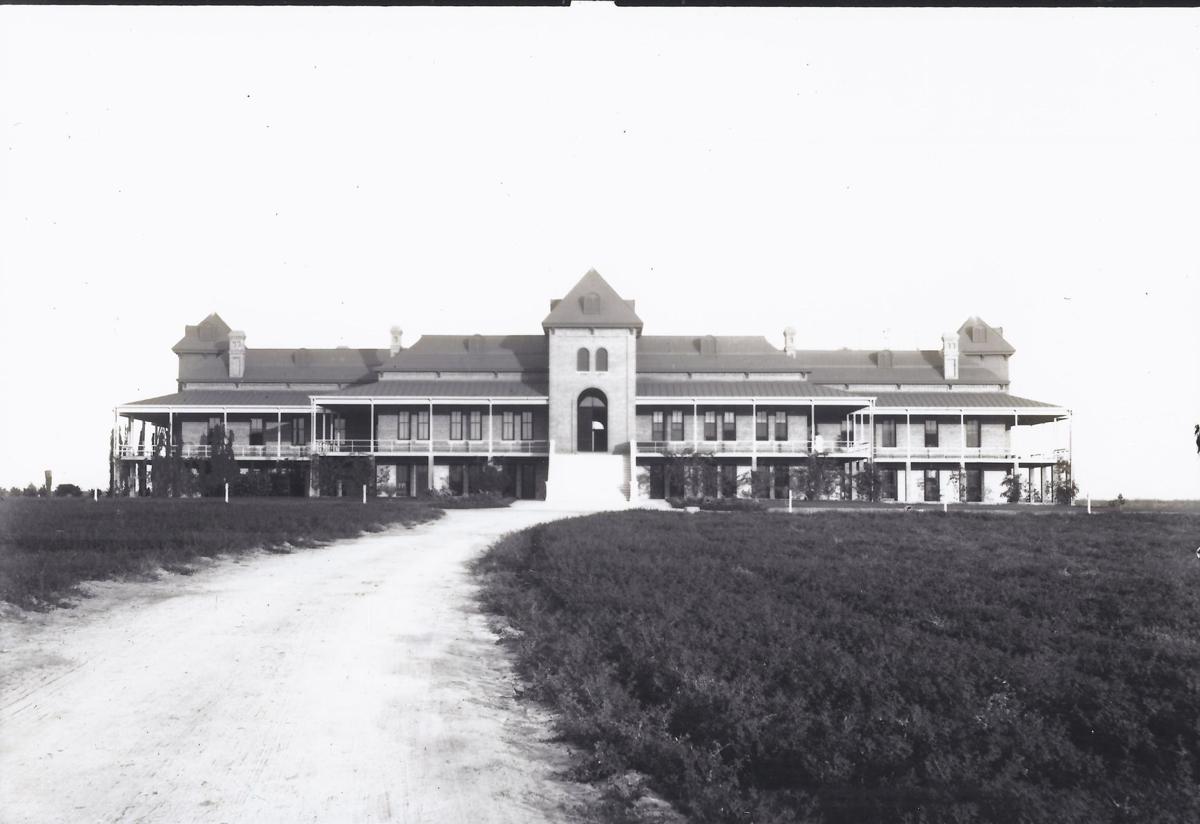Tucson’s Jewish History Museum is inviting residents to experience Southern Arizona through the eyes of Leo Goldschmidt.
Born in Hamburg, Germany in 1852, Goldschmidt was a prominent Tucson businessman who moved to town in 1880 and lived there until his death in 1944 at 91 years old.
His extensive resume, beyond his cattle and mining ventures, included owning and operating a furniture store, the Eagle Flour Milling company, serving as the director of Consolidated National Bank and cofounding the fraternal organization known as The Owls Club.
He also happened to be a talented photographer.
His skills behind the lens will be on display in an exhibition called “Subtle Apertures: Leo Goldschmidt's Early Photographic Record of the Sonoran Borderlands” at the museum starting Friday, March 16, through May 31.
An opening reception will be held on Friday, March 16, at 11:30 a.m.
Bryan Davis, the museum’s executive director, said Goldschmidt “was an interesting character with a great eye.”
“These photos are pretty mesmerizing,” Davis said. “They capture this really beautiful moment in the pre-development of Southern Arizona.”
Working with University of Arizona Special Collections, the Arizona Historical Society and delving into their own archives, the museum chose 24 shots developed from Goldschmidt’s original glass negatives.
Among the offerings are scenic landscapes and images of what was then a very small Tucson.
“There is a shot of the University of Arizona around the turn of the 20th century,” Davis said. “Basically, you have Old Main and not much else.”
The exhibition also will feature images of prominent Tucsonans of the late 1800s, including a Goldschmidt self-portrait and a shot of his sister, Eva Mansfeld.
“He took some really interesting photos of friends,” Davis said. “Even though they were taken 120 years ago, they look like modern-day hipsters.”
Davis said the image of Mansfeld is significant for the museum because she is the one who purchased the lot for construction of the first synagogue in Arizona Territory, on South Stone Avenue where the museum sits today.
“She was a leading figure in the history of Tucson’s Jewish community,” Davis said.
He added the collection should resonate with anyone who loves Tucson and its history.
“People who have connections to the university, downtown Tucson or just the borderlands in general will find something to connect with here,” Davis said.




